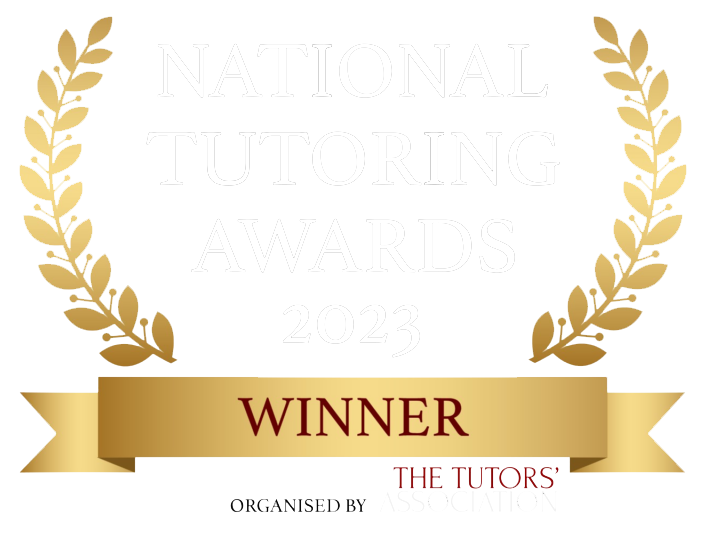Society is gradually becoming more aware of how autism presents itself in females. Until fairly recently, it was widely believed that ASC was largely a male condition. However, as understanding of the condition has grown, experts estimate that the number of autistic women and girls is much higher than previously thought.
According to information on the National Autistic Society’s website, females may slip through the diagnostic net for the following reasons:
- Autism assessment tools have been designed to fit a male profile of ASC.
- Women and girls are better at ‘masking’ – that is, imitating other people’s behaviour in social situations in order to ‘fit in’.
- Autism in girls isn’t spotted as readily by teaching staff – perhaps because of the above.
- In autistic girls, highly focused or repetitive interests may include things that their peers also enjoy such as make-up or reading books. This might mean that the trait goes unnoticed.
- ASC may nevertheless be more prevalent in males.
School can be Difficult for Autistic Girls

SEN tutor Kate has wide experience working with all kinds of special needs and is herself the mum of a daughter with autism. She says that because schools are often less aware of how autistic traits manifest in girls, parents are less likely to be believed when they report difficulties with their daughter’s behaviour.
Echoing the NAS, she points out that ASC girls strive to be approved of by their friends and acquaintances. “More than seventy per cent of autistic girls are in a mainstream setting. Being accepted in their peer group is more important to them than anything so they mask and bottle up their stresses which can result in a meltdown when they get home. The families try to explain but the teachers don’t see it and think the child is coping so it’s diagnosed as a parenting issue.”
Anxiety is a Major Feature of ASC in Girls

People in general also need to be more aware of how anxiety manifests in girls with ASC, Kate continues. “If you’re neurodiverse, you can’t always identify what you’re feeling. There’s a physiological response but you might think, ‘Am I excited or am I anxious?’ And how you might express those feelings might be different from other people. You might shut down or act defiant, for example, or find it difficult to speak up and ask for help.”
As well as working as a private tutor, Kate supports girls in her local area who aren’t able to attend school. The students have a variety of anxiety-led challenges including disordered eating and self-harming – most of them also have a diagnosis of autism or are on the waiting list for assessment.
“We’re experiencing a kind of crisis where dysregulated girls are left to fail,” she elaborates. “There’s no intervention, teachers often don’t understand autistic girls and by the time they get to CAMHS, they’re too damaged. The biggest impact of autism in girls is on mental health. The feelings of perpetual rejection get internalised as self-blame.”
Secondary School can be Particularly Challenging

Kate has recently completed a master’s degree in psychology and wrote a dissertation researching how autistic girls make the change from primary to secondary education. This can be a highly stressful experience, she says. “Primary school kids usually visit their secondary school the summer before they go there,” she explains, “but some children with SEN need a lot more than an afternoon to become familiar with the new place,” she explains.
“It can also be helpful if there’s an emotionally available and trusted member of staff at their new school who gets to know them really well – one girl I spoke to called it a ‘school mummy’. This person would know the signs of a girl becoming overwhelmed in the classroom, for example, and arrange for them to step outside for a while.”
Obtaining a Diagnosis or Support

To parents who suspect their daughter might be on the autistic spectrum, Kate recommends being prepared for a fight. “But don’t think of it as doing battle – reframe it as ‘constant communication about your child’s needs’,” she advises. “Find out as much as you can about female autism. Get onto Facebook groups and find female autism advocates online.”




